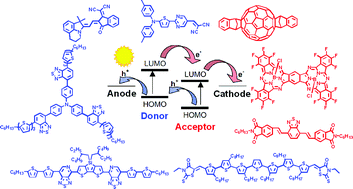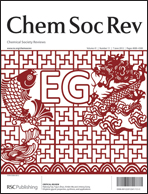Small molecule semiconductors for high-efficiency organic photovoltaics
Abstract
Organic photovoltaic cells (OPVs) are a promising cost-effective alternative to silicon-based solar cells, and possess light-weight, low-cost, and flexibility advantages. Significant progress has been achieved in the development of novel photovoltaic materials and device structures in the last decade. Nowadays small molecular semiconductors for OPVs have attracted considerable attention, due to their advantages over their polymer counterparts, including well-defined molecular structure, definite molecular weight, and high purity without batch to batch variations. The highest power conversion efficiencies of OPVs based on small molecular donor/fullerene acceptors or polymeric donor/fullerene acceptors are up to 6.7% and 8.3%, respectively, and meanwhile nonfullerene acceptors have also exhibited some promising results. In this review we summarize the developments in small molecular donors, acceptors (fullerene derivatives and nonfullerene molecules), and donor–acceptor dyad systems for high-performance multilayer, bulk heterojunction, and single-component OPVs. We focus on correlations of molecular chemical structures with properties, such as absorption, energy levels, charge mobilities, and photovoltaic performances. This structure–property relationship analysis may guide rational structural design and evaluation of photovoltaic materials (253 references).


 Please wait while we load your content...
Please wait while we load your content...